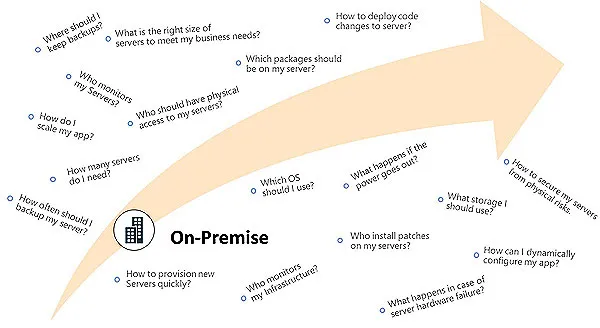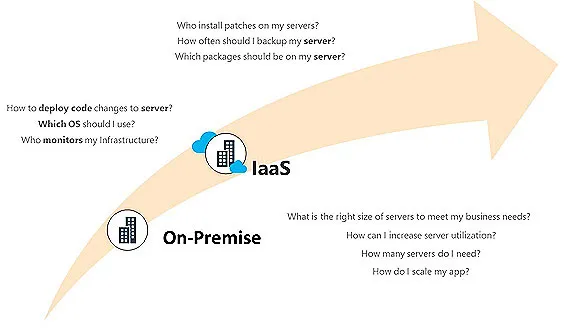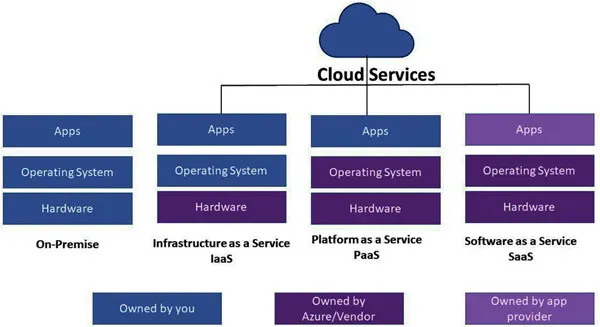
Serverless Computing Using Azure Functions
Build, Deploy, Automate, and Secure Serverless Application Development with Azure Functions
Varun Kumar, Ketan Agnihotri
- English
- ePUB (apto para móviles)
- Disponible en iOS y Android
Serverless Computing Using Azure Functions
Build, Deploy, Automate, and Secure Serverless Application Development with Azure Functions
Varun Kumar, Ketan Agnihotri
Información del libro
A complete end-to-end guide to implement Azure Functions and serverless orchestration with the help of various use cases.
Key Features
? Step-by-step guide along with code snippets and screenshots to master the topics.
? Easy handbook to brush up the fundamental concepts and advanced topics of Serverless computing.
? Includes real use-cases and numerous scenarios on creating Azure functions, its security, deployment, and troubleshooting them.
? Understand how to monitor, troubleshoot, and perform advanced level diagnostics on Azure functions.
Description
Serverless is the current ongoing trend in the cloud industry that allows you to focus on code without worrying about the underlying infrastructure and helps in cost optimizations by providing pay for what you use. This book provides a practical mentoring with a step-by-step guide on how to create and work on Azure functions. You will be benefited with various use cases, illustrations, and visual representation to address complex problems around serverless computing.The book will help you to integrate Azure functions with other Azure services, seamlessly, without the need of writing much code. The book brings exclusive coverage on managing the deployment and security of the Azure functions. You will learn how to use different methods to monitor the Azure functions and how to perform correct diagnostics and troubleshooting without the use of any third-party integrations.
What you will learn
? Learn to easily create Azure functions using multiple tools and options.
? Learn to use triggers and bindings for integrating Azure functions with other Azure services.
? Get to know how to orchestrate the serverless workflow using Azure Durable functions.
? Learn to practice security mechanisms to secure Azure functions in the production environment.
Who this book is for
This book is for developers, DevOps engineers, technical specialists, architects and consultants at all levels, who want to build and deploy serverless applications with Azure functions. Some prior experience with C# (for developers) and fundamental Microsoft Azure services will help you to make the most of this book. However, the book is intended for each type of cloud-specific role.
Table of Contents
1. Overview of Azure and Serverless Computing
2. Introduction to Azure Functions
3. Creating Your First Function
4. Azure Functions Triggers and Bindings
5. Durable Functions and Orchestration
6. Configuring Security for Azure Functions Security
7. Continuous Deployment for Azure Functions
8. Troubleshooting and Monitoring Azure Functions
About the Authors
Varun Kumar is currently working with Microsoft as an architect helping various enterprise customers and startups in their cloud transformations, conducting technical reviews of the existing architecture, defining technology roadmaps, and architecting multi-million-dollar solutions. He has more than 12 years of experience in leading solutions delivery in.Net tech stack, Microsoft Azure and AWS. He also has vast experience in direct engagement with stakeholders at all levels, including CxOs, MDs, Business owners, Architects, SMEs, Vendors, Consultants, and Designers, etc. LinkedIn Profile: https://www.linkedin.com/in/varun-kumar-64576825
Blogs: https://cloudavenue.in/ Ketan Agnihotri is a proud Indian working as an Azure consultant at Microsoft and loves making new professional acquaintances. He is a senior Full Stack developer having team leading experience and is a Microsoft Certified Solutions Expert (MCSE). He is a seasoned team-oriented and ambitious software engineer with a successful track record of delivering high-performance applications. He is also a speaker, blogger, and trainer working with people across the globe. LinkedIn Profile: https://www.linkedin.com/in/ketanagnihotri/
Blogs: https://k10.in/
Preguntas frecuentes
Información
CHAPTER 1
Overview of Azure and Serverless Computing
Structure
- The evolution of cloud service platform
- Getting to know Azure Cloud
- Overview of Azure products and services
- Introduction to Azure portal and regions
- Overview of serverless computing
Objective
- Understand Azure, Azure Services, and Azure regions
- Understand the serverless computing components
- Set up your Azure subscriptions
The evolution of cloud service platforms
On-Premises

Infrastructure as a service (IaaS)
- How many virtual machines are needed currently?
- How many virtual machines would be needed in the future when the usage increases?
- How to monitors infrastructure and applications?
- How to manage code deployment and various application dependencies, such as runtimes, and so on?
- How to keep the latest security patches updated on servers?

Platform as a Service (PaaS)

Serverless

Getting to know Azure Cloud

Infrastructure as a Service
Platform as a Service
Software as a Service
- Reduced time and cost to provision
- Increased flexibility in scale and deployment
- Hybrid solutions
- Data security and control over your data
- Mobility
- Disaster recovery
Overview of Azure products and services

- Compute Azure compute has many available services that are publicly available and can be accessed via the internet or a private connection. Choosing the right compute service, Azure compute, is closely related to the operating system, CPU, memory, and cost consumed by your application code while running on servers. You can create an Azure virtual machine with various parameters like operating system, location, compute power, memory, and so on. There is support for c...